What is the difference between ceramic tiles and porcelain?
This question has always been repeated by our customers, we all want to design luxurious decoration for our home to include all aspects such as furniture, walls and floors.
Ceramic and porcelain also have an aesthetic value that makes them the first front-runner for luxury decoration options and both of them have multiple shapes and sizes, there are decorative and colourful shapes and thousands of other designs that change to keep up with updates.

Despite their close qualities, there are many differences that help to distinguish between ceramics and porcelain, this can be difficult if you don’t have enough expertise, but there are some essential elements in the slab that enable you to distinguish their type, so in our article today we will address the difference between porcelain and ceramics to facilitate your selection process.
First of all, the common qualities of both types, should be interpreted to understand the differences.
Ceramics and porcelain are one of the most common types of tiles.
Because of their quality and strength and are frequently used in construction and making crockery and various ceramic arts.
The raw materials of Ceramic and porcelain are one, the both are mainly consist of sand or clay as well as some manufacturing steps.
Now we are going to define the most important differences between ceramic and porcelain…
Each of them has advantages and disadvantages, and choosing one type without the other depends on the type of construction and the purpose of its use, so we have to take into consideration some of the details, the most important of which are.
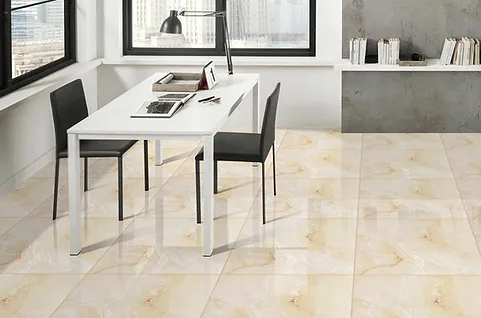
Manufacturing Method
There are differences in the methods of the manufacturing for both types lay in the temperature and quantities of raw materials used in the installation of the paste or clay before the heating process, resulting in varying weight, density, quality and age of the slab.
Ceramic consists of two layers, namely clay and glass, and these components are mixed with each other and exposed to a temperature with pressure, drying, roasting and other stages until it reaches the sorting.
Porcelain consists of a smooth homogeneous mixture of rock and mineral materials. The porcelain industry goes through steps similar to ceramic, but with higher quality and higher temperatures, which gives it higher properties than ceramic.
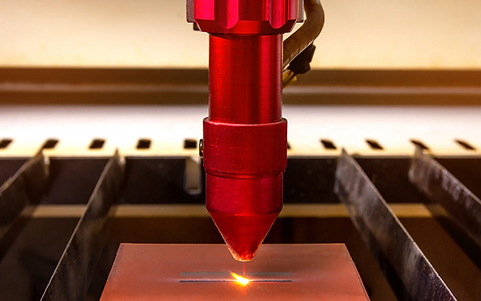
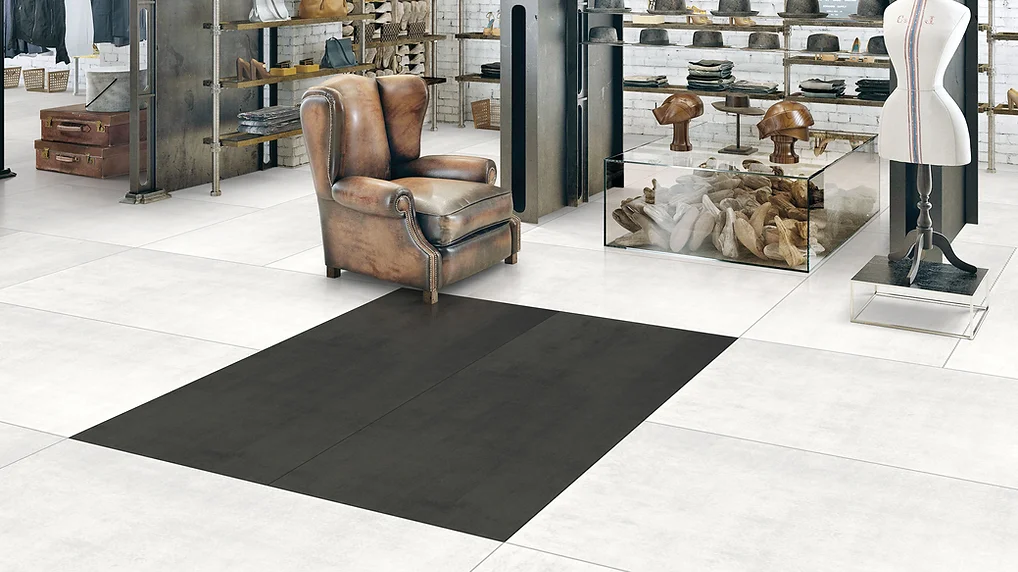
Price
When it comes to comparing both materials in terms of price difference, in general ceramic tends to be cheaper, making it a more affordable option, and it is also valid for home use, for example in ceramic pots and some ceramics used for decorative purposes.
Ceramic tiles tend to be more expensive due to their additional features, as well as being better in terms of rigidity and having a longer life span due to their durability, and are distinct from their counterparts that they offer you high-end design options.
Color
One of the important differences in the differentiation between ceramic and porcelain is the solid color of the slab, i.e. the color of the layer that falls under the completely glazed layer. In porcelain, for example, this layer has a color identical to that of the surface layer of the slab, while this layer has a brown or deep red color in the porcelain pieces.
Color is their element to consider while testing any piece of tile you want to buy, so you can scratch the tile on its part. Red should be visible in porcelain, while it should be less visible in ceramics.
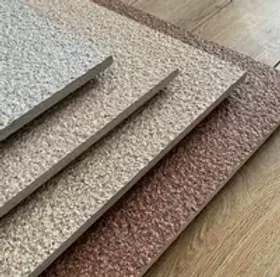
Water Resistance
Water absorption rate according to global standards of porcelain tile industry is known to be less than 1%, while water absorption ratio of ceramic tile is usually more than 3%.
This makes porcelain tiles more suitable for wet places such as bathrooms or outdoor places such as gardens to withstand large amounts of water and rain. Unlike ceramic tiles, they can resist and withstand for long periods in high humidity environments, while ceramics are considered to be attributable to indoor spaces and wet rooms, they are more aesthetic.
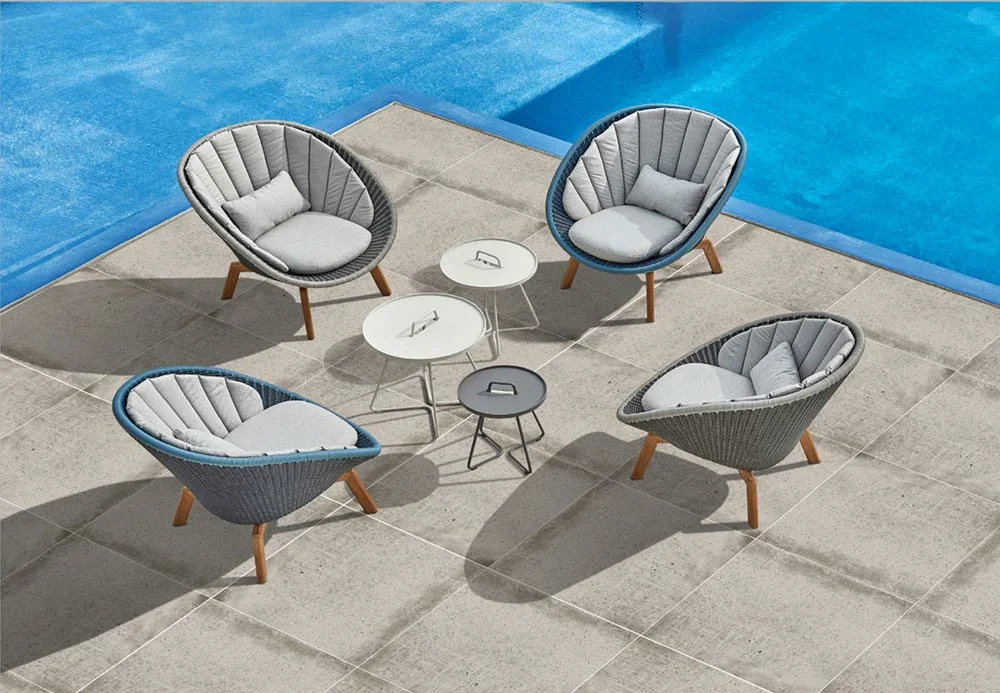
You can to distinguish between porcelain and ceramic with bearing in mind the preceding elements, even if you do not have experience, Other features are found in the slab, such as its resistance to pressure, heat or the number of layers, durability and the nature of the soil from which it is made, which may help to determine the hardness and tolerance of the slab All previous elements are important to consider if you want to distinguish the type of tile you are dealing with, or decide which type you want to adopt.
Among the most important points to be considered for your special needs as mentioned above, the type of tiles may vary according to the type and nature of the place and people
ceramic
decoration
differences between ceramics and porcelain
manufacturing Method
Water Resistance
colours of ceramic
colours of porcelin
prices of the tiles
raw materials of ceramic
tiles options
raw materials of porcelain
tiles resistance rate
porcelain
tiles designs
luxurious decoration

